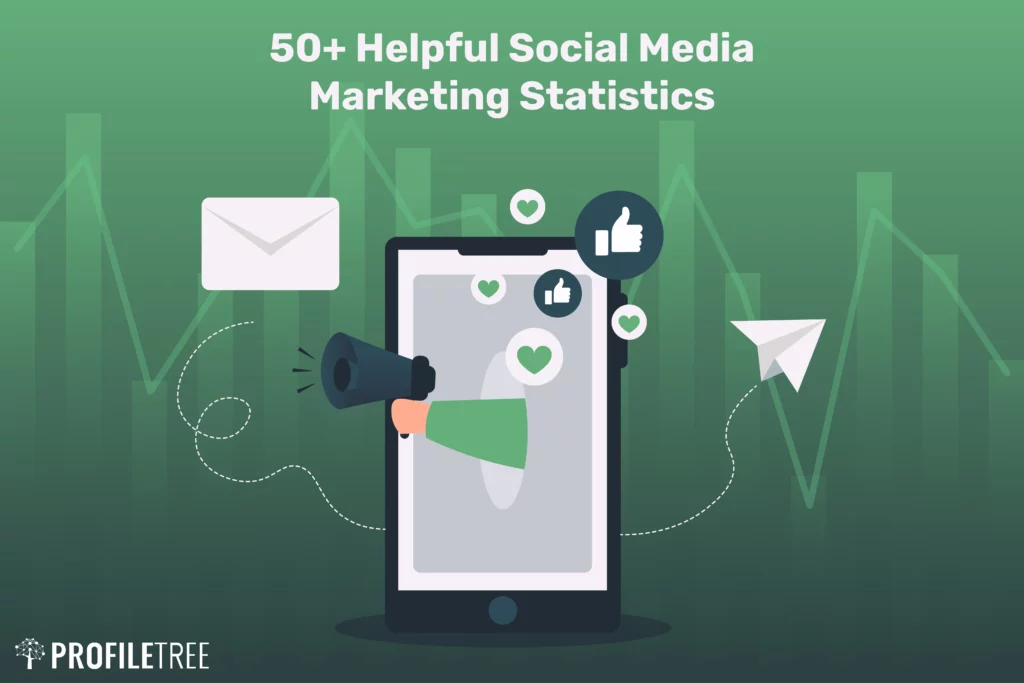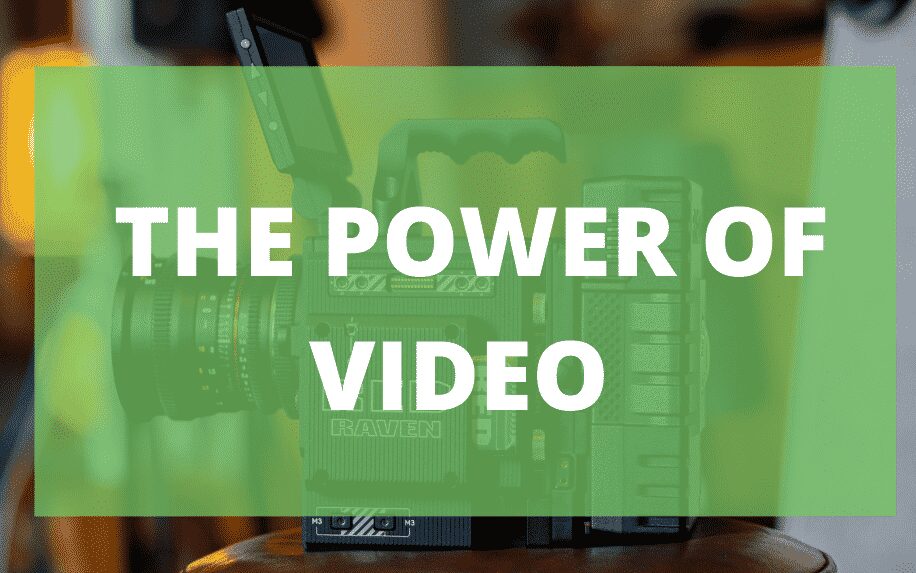Developing an effective social media strategy is absolutely crucial for a small business seeking to grow their brand and connect with customers in the digital age. With so many active social media users on platforms like Facebook, Instagram, Twitter and Youtube there is immense potential for small businesses to build awareness, engage their target audience, drive leads and even boost their business. (Including sales!)
Within this blog post we will investigate the essential components within an amazing social media strategy, outlining tips, tricks and additional platforms that will best support and take your social media strategy to the next level.
Table of Contents
Creating a Social Media Strategy For My Small Business

The first step in creating a social media strategy is having an approach tailored to specific business goals and resources. Doing the groundwork of:
- Identifying your ideal customers
- Analysing competitor content
- Setting measurable objectives
- Understanding platform best practices
Will set you up for success. Being informed will allow you to move forward with knowledge behind you. From there you can begin to create your strategy and move forward. Here are some definitive steps for how to begin creating your social media strategy.
Know Your Target Audience
Identifying and understanding your target audience is the critical first step for any small business developing a social media marketing strategy. The more you know about who your ideal customers are, the better you can tailor your platforms, content, and messaging to resonate with them.

To inform your strategy conduct thorough market research to build detailed buyer personas for your target audience segments. Indicate and outline demographic factors such as age, location, gender and income level, whilst also considering psychographic factors like interests, values, personalities, and lifestyles.
Researching which social platforms your target audiences are most active on which allow you to make informed choices. Your competitor brands will also indicate how best to reach your audience. These insights will inform the strategic decisions you make around platforms, content creation and engagement tactics for your social media strategy.
With this information in mind, it’s important to ensure that your social presence aligns with the preferences and expectations of your target customers to ensure they engage with your content. Continually optimising your efforts based on data and insights about your audience is an excellent data-driven approach. This is key for small businesses with limited resources trying to make an impact online.
Set Goals and Objectives
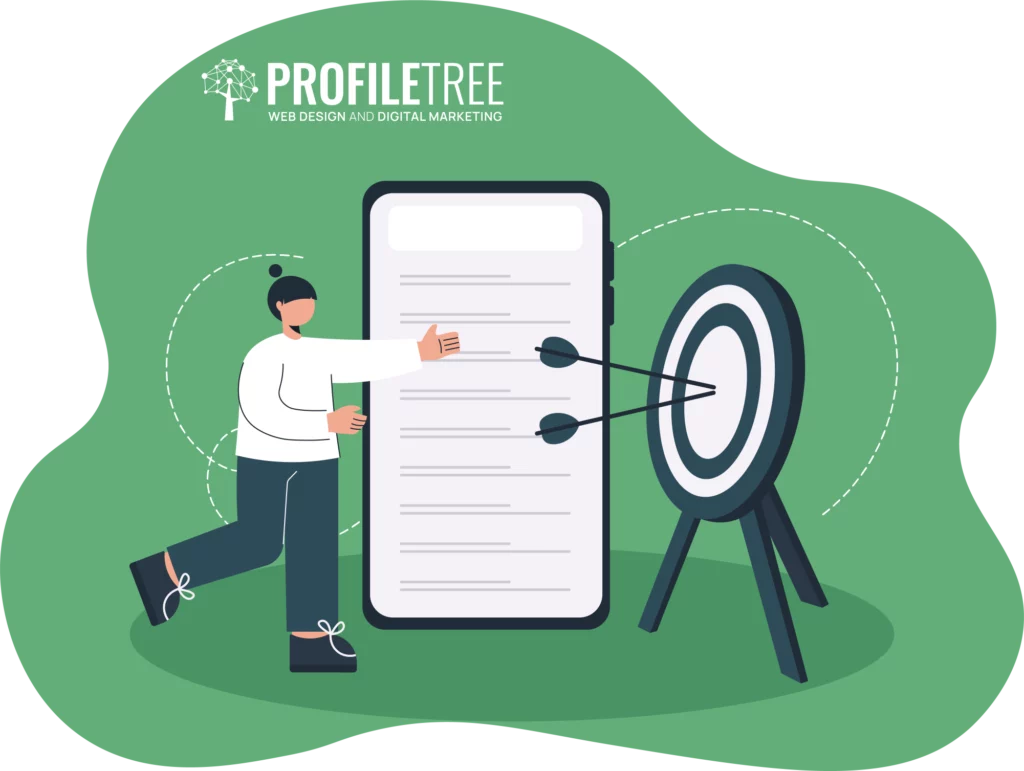
Without setting defined goals and targets, it is impossible to determine if your social media efforts are actually working and driving results. Therefore we strongly suggest taking the time to set clear goals and measurable objectives is a critical component of your social media strategy.
As a small business, it is important to be very specific and realistic about what you want to achieve from your social media strategy. Do you want to increase brand awareness within a certain audience demographic? Is your hope to generate more qualified leads through social channels? Or perhaps you aim to grow revenue by driving traffic and conversions from social platforms?
Regardless of the goals you set, make sure they are quantifiable and data-driven, so you can properly track progress and ROI. Monitoring key performance indicators like audience growth, engagement rate, website clicks, and conversions attributed to social will determine the success and impact of your efforts. To do this, maintain a regular check of your analytics and insights on your social media platforms.
Choose Your Platforms Wisely
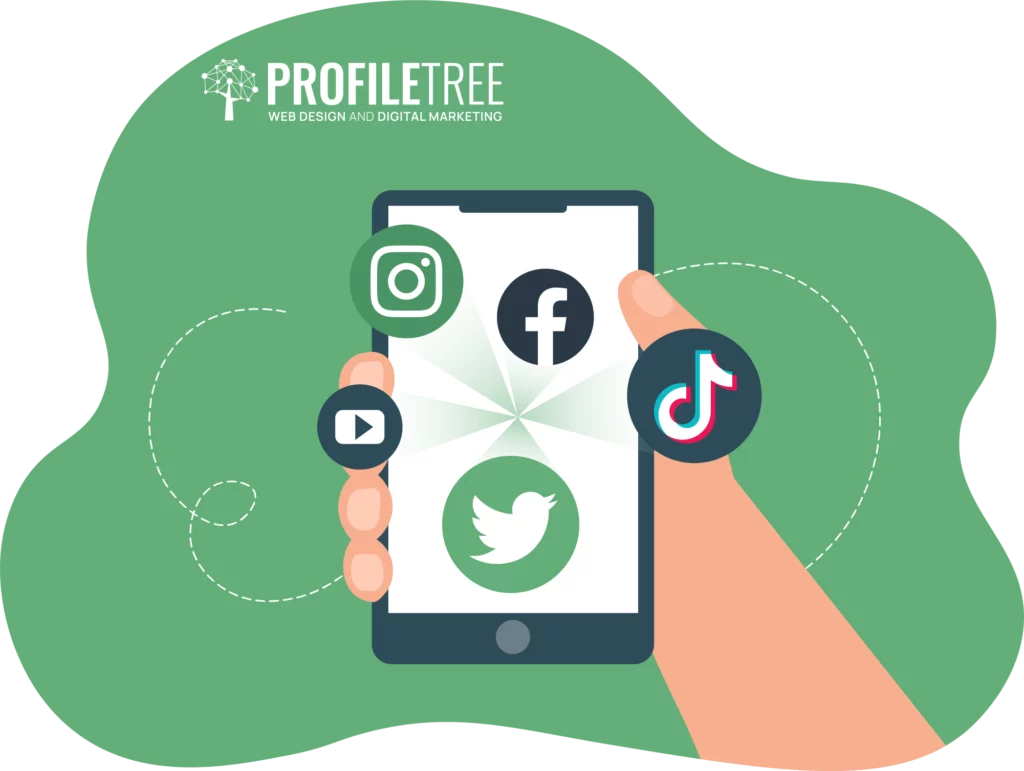
With limited resources and capacity, it is crucial for small businesses to be selective and focused when deciding where to invest time and effort online when creating a social media strategy.
Research which platforms your target audience uses most actively, taking time to analyse your competitor brands that are successful in reaching your shared audience. From this data you can then consider which platforms align best to your social media goals, whether driving brand awareness, engagement or sales. The major networks like Facebook, Instagram, Twitter, and LinkedIn each have their own, differing strengths.
For product-driven brands, visual platforms like Instagram and Pinterest allow you to showcase products attractively through high-quality photos and videos. For professional services, LinkedIn provides opportunities to establish thought leadership and generate leads through content and B2B interaction.
Something worth noting is the significance of resisting spreading your efforts as a small business thinly across too many platforms. Start with the one to three networks with the best opportunity for success, being aware that you can always expand your presence later once you find your feet. A focused social media approach is best for small businesses with limited marketing resources.
Create Engaging Content
Creating high-quality, engaging content is essential for the growth of your social media presence and connection with customers. Your social media strategy should be tailored to match your target audience’s preferences and the strengths of each platform.
On visually-driven platforms like Instagram and Pinterest, compelling photos and eye-catching videos tend to perform best. Video is king, so consider creating tutorials, behind-the-scenes footage, user-generated content and product imagery. On Twitter and LinkedIn, informative articles, blog posts and thought leadership content help establish credibility.
Ensure all content aligns seamlessly with your:
- Brand voice
- Brand style
- Brand messaging
Be sure to then monitor analytics to see which types of content drive the most engagement and shares. Use this data to double down on what resonates while cutting ineffective formats to save your valuable time.
Posting relevant content consistently should be a priority within your social media strategy. This shows your audience you are invested in delivering value, not just promoting yourself. Setting a content calendar can therefore help you to plan and schedule posts in advance. A great scheduling platform we can recommend is Buffer, allowing you to plan content ahead and save valuable time! Stay nimble and lean into trends and topics your audience cares about. An effective, strategic approach to content will fuel your success on social platforms.
Optimise Your Social Media Presence
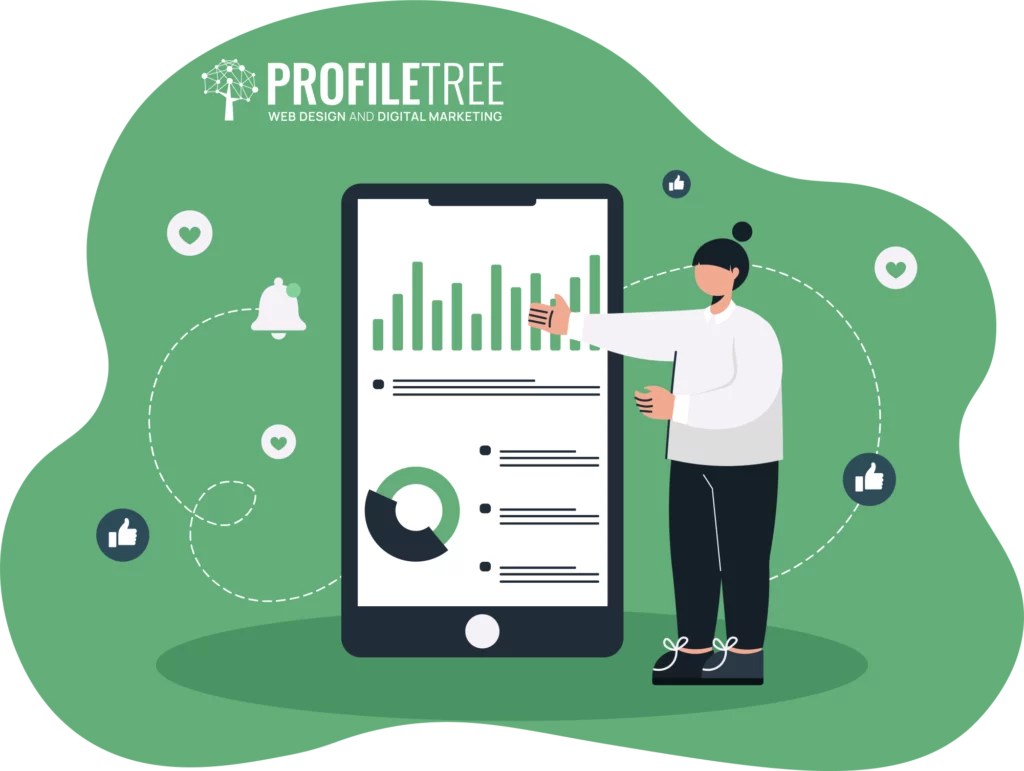
Optimising your social media profiles and presence is of huge importance. Take the time to complete your profiles thoroughly and be on-brand across each platform. This conveys professionalism and helps your audience understand your business at a glance.
To do this, include your company name, logo (we recommend trying out Looka), website URL, contact details and a compelling bio summarising what you do. Use relevant keywords and phrases that your target audience searches for. Craft an eye-catching branded cover image and profile picture that represent your visual identity and entices your audience in, whilst authenticating your brand.
Ensure your messaging and tone of voice are consistent across platforms, so as to convey what makes your company unique, the value you provide, and what sets you apart from your competitors. This will help potential customers understand if your products or services align with their needs and make your social media strategy consistent.
A polished, optimised social presence establishes credibility and helps drive engagement and conversions from your followers. It can be the difference between someone interacting with your brand vs. scrolling past it. Continually refine your profiles based on performance data and audience feedback. Your social presence can then evolve and develop as your business grows.
Interact and Connect with Followers
Actively interacting with and engaging your followers is one of the most valuable, yet often overlooked, benefits of social media strategy for small businesses. Making real connections truly sets you apart from large-scale competitors and helps you develop rapport with your audience. It may seem challenging to implement this within your social media strategy due to time constraints as a small business owner, however, the long-term rewards outweigh the initial input.
Showing your customers that you set aside time daily to respond to any comments, questions or feedback on your posts in a prompt, friendly manner is beneficial both for customer relations and engagement. Ask followers questions to spark two-way conversations, whilst thanking them for sharing your content and recognizing your business. You can monitor brand mentions and interact with both positive and negative reviews as an opportunity to show your customer that you value their opinion. This real-time interaction nurtures relationships with customers and builds brand loyalty.
Social media provides a direct line of communication to understand your audience better. Take advantage of this access and insight. Pay attention to the types of content and messaging that generate the most engagement, using these insights to refine your strategy.
An engaged, growing community of brand advocates is far more valuable than a vanity metric like follower count. The connections and conversations are what set social media marketing apart for small businesses with limited resources.
Analyse Performance and Improve
Continuously analysing your social media strategy’s performance data and optimising based on insights is crucial for small business success. Auditing your social media accounts can be an excellent way to gain insights as a part of your social media strategy. Make use of the detailed analytics and reporting that each platform provides to track meaningful metrics and inform how you move forward.
Look at growth and engagement rates to see which content resonates best with your audience. Monitor website traffic and conversions driven by social channels to understand which channel works best for your small business and its audience. Determining what tactics and platforms are moving the needle on your business goals.
Be data-driven and let insights guide your strategy and content creation. Double down on what works well while phasing out ineffective efforts. Continual testing and refinement is key for small businesses with limited resources. Make sure you are spending time and money only on social media marketing driving measurable impact.
With a targeted, optimised approach you can maximise your social media presence but make sure to keep your eyes on the data. Continually track performance and tweak your strategy to stay ahead of trends and drive real business growth.
